- 3829
- 0
Sharing Ideas and Updates on LPG in Nigeria and related information to enable effective collaboration within the LPG Value Chain
Unveiling The Power Of LPG In Achieving Sustainable Development Goals
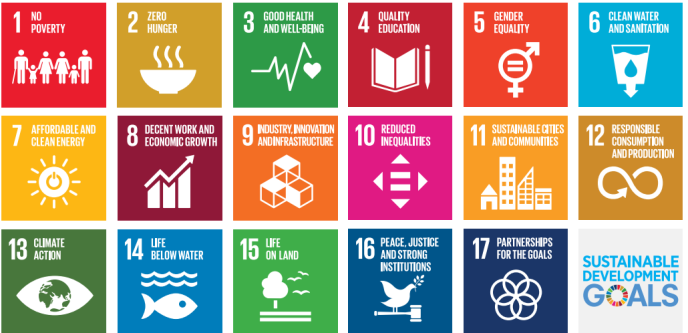
Welcome to a journey where Liquefied Petroleum Gas (LPG) becomes a catalyst for positive change, aligning with the global ambition of the Sustainable Development Goals (SDGs). In this two-part blog series, we will delve into the profound impact of LPG across various sectors, exploring how it contributes directly and indirectly to the achievement of SDGs.
Introduction to the Sustainable Development Goals
In 2015, the United Nations Member States collectively endorsed the 2030 Agenda for Sustainable Development, providing a comprehensive "blueprint for action" on urgent sustainable development imperatives. Central to this agenda are the 17 SDGs, forming a global action plan for collaborative efforts across nations.
Understanding the SDGs
Each SDG addresses specific issue areas, such as ending extreme poverty (SDG 1) or promoting gender equality (SDG 5). Importantly, the goals are interconnected, representing a unified framework for action by governments, civil society, and private industries to make these aspirations a reality.
Evolution from MDGs to SDGs
Building on the Millennium Development Goals (MDGs) established in 2000, the SDGs were formulated in response to an evolving global landscape. Notably, the SDGs, more than twice in number compared to the MDGs, introduced an explicit focus on energy issues for the first time, encapsulated in SDG7.
Key Focus: SDG7 - Affordable and Clean Energy
SDG7 explicitly addresses "ensuring access to affordable, reliable, sustainable, and modern energy for all" by 2030. This goal emphasizes electrification, clean cooking, energy efficiency, and clean energy in the global energy mix. LPG plays a pivotal role in achieving SDG7, serving as a household cooking fuel globally.
Beyond Cooking: LPG's Diverse Applications
While widely recognized for its role in clean cooking, LPG boasts more than 1,000 applications contributing directly or indirectly to various SDGs. In this series, we will explore a subset of these applications, shedding light on the multifaceted contributions of LPG.
LPG - A Transformative Force in Sustainable Development
LPG: A Clean-Burning, Portable Fuel
LPG, produced primarily as a by-product from crude oil and natural gas production, is a clean-burning, portable fuel. As of 2017, global LPG production exceeded consumption, highlighting its potential as an underutilized resource.
Energy Focus: Bio-LPG
With an increasing focus on sustainable practices, LPG is also produced from bio-based feedstock, further diversifying its sources. Bio-LPG, derived from organic wastes and residues, adds an environmentally friendly dimension to LPG production.
Efficiency and Versatility of LPG
LPG's high energy content and efficient combustion make it a versatile fuel for various applications. Its superior calorific value per unit sets it apart from common fuels like coal, diesel, and biomass-derived alcohols.
LPG in Transportation: Autogas
Recognized as the third most used transportation fuel globally, LPG, known as Autogas, offers clean-burning qualities, high energy density, and cost-effectiveness.
Environmental Impact: Lower Emissions and Carbon Footprint
LPG emerges as a cleaner-burning fuel, producing lower levels of carbon dioxide (CO2), nitrous oxide (NOx), and other pollutants compared to traditional fuels. Its use significantly reduces black carbon emissions and protects the environment.
LPG's Role in Achieving Specific SDGs
This series will spotlight how LPG applications contribute to specific SDGs, providing case studies that illustrate the tangible impact of LPG in achieving these goals.
Join us on this enlightening journey as we explore the dynamic role of LPG in steering our collective efforts towards a sustainable and inclusive future. Stay tuned for Part 2, where we unveil the transformative force of LPG in achieving Sustainable Development Goals.




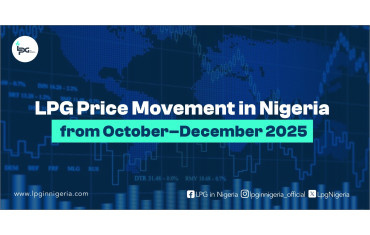

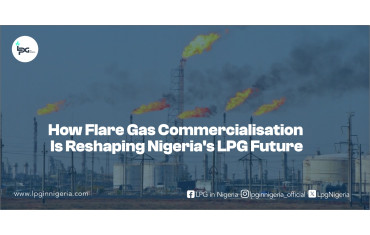

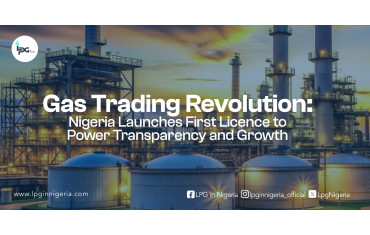

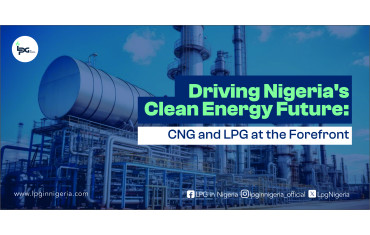
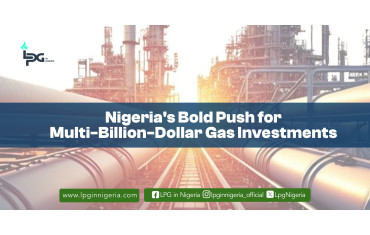
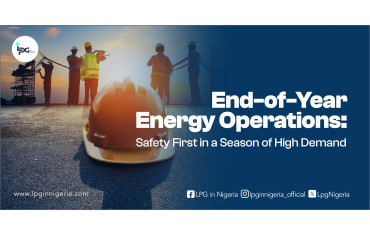
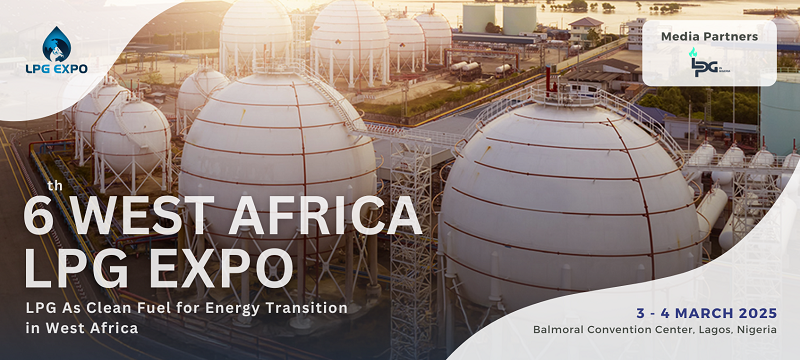

0 Comment.